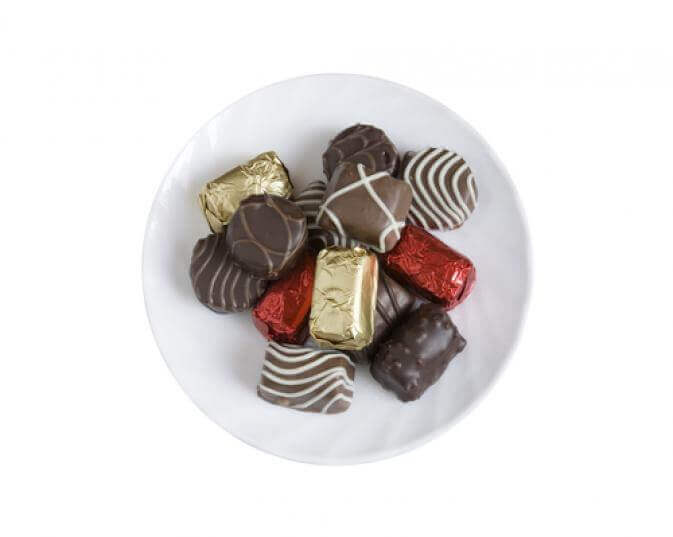Satiety vs. Satiation (Part 2)
To eat less without feeling hungry, choose foods that promote both satiety and satiation. Nutrition Diva explains the difference.
If you’re trying to lose weight—or to keep from gaining—you need to be careful not to eat too many calories. But it’s no fun to stop eating before you feel satisfied, or to be hungry again long before it’s time to eat. Fortunately, there are several things you can do to limit calories without sacrificing satisfaction.
Last week, I talked about /health-fitness/healthy-eating/satiety-vs-satiation-part-1, or the feeling of being comfortably full after a meal. If you’re just joining the conversation, I suggest you go back and /health-fitness/healthy-eating/satiety-vs-satiation-part-1. This week, I am going to focus on factors that affect satiety, or how long you can go before feeling hungry again. If you’re trying to limit your calorie intake, you’ll want to be using both of these factors (satiation and satiety) to your advantage!
What Factors Affect Satiety?
When studying satiety, researchers might give people certain foods and then ask them to rate their appetite after 1, 2, or 3 hours, comparing the length of time it takes for people to feel hungry after they eat various combinations of foods. Another way to study satiety is to give people a certain meal or snack and then measure how much they eat at the next meal. Here’s what researchers have found:
Protein. Compared with carbohydrates and fats, https://www.ncbi.nlm.nih.gov/pubmed/18469287 for the fewest calories. For example, you might feel full immediately after eating a big bowl of salad greens but the feeling of fullness probably wouldn’t last very long. Adding protein to the salad, in the form of some chicken, fish, eggs, or tofu, would keep you satisfied for quite a bit longer.
Fiber. https://www.ncbi.nlm.nih.gov/pubmed/11396693, or the length of time before you feel hungry after eating. For example, a glass of apple juice and an apple have the same number of calories and roughly the same amount of carbohydrates and sugar. But the apple has more fiber. As a result, the apple enhances your satiety—it will keep you satisfied for longer than the glass of apple juice would. So, in addition to including some protein in your meals and snacks, try to include fiber as well. Legumes, fruits and vegetables, whole grains, and nuts are all good sources of fiber.

By the way, this effect works in reverse, as well. Making vegetables, fresh fruit or other healthy snacks more visible and convenient can increase your intake of these foods. But my point here is that you will feel the urge to eat sooner and more often if you are surrounded by food. Out of sight is not only out of mind but out of mouth as well.
Use Satiety AND Satiation to Your Advantage
I hope I’ve given you some insight into the difference between satiation and satiety, and the types of foods that promote each. If you’re trying to cut calories, be sure to use both to your advantage. When planning your meals and snacks, include foods that are lower in calories but satiating—such as raw vegetables and broth-based soups. But in addition, be sure to include foods that provide lean protein and fiber, which enhance satiety so you don’t get hungry again as quickly. I’d certainly try to limit foods (such as jelly beans or soda) that don’t provide satiation or satiety. Finally, do what you can to get your environment working for you and not against you!
See also:
If you have a suggestion for a future show topic or would like to find out about having me speak at your conference or event, send an email to mailto:nutrition@quickanddirtytips.comcreate new email You can also post comments and questions on my . I answer a lot of listener questions in my free weekly newsletter, so if you’ve sent a question my way, be sure you’re /static/ndnewsletter.html.
Tofu Salad and Chocolate Dish images from Shutterstock



